Welcome to our comprehensive guide to chronic dermatological conditions. From eczema to cutaneous lupus, this guide explores the main families of these conditions, detailing their symptoms, assessing their global impact, and offering practical advice for a better quality of life.

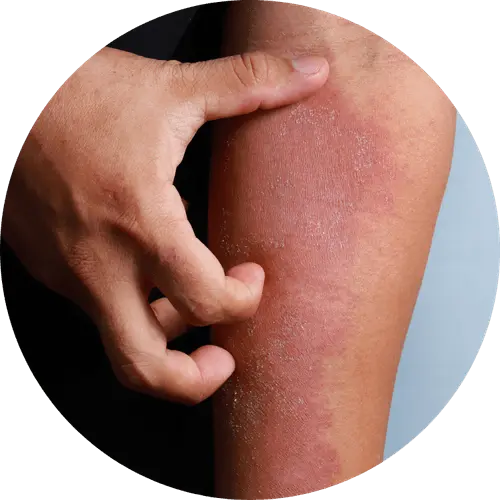
These conditions, such as atopic dermatitis (eczema) and psoriasis, are characterized by inflammation of the skin, leading to symptoms such as redness, itching, and plaques.
See the articles
Autoimmune skin diseases, like discoid lupus erythematosus and pemphigus, occur when the immune system attacks healthy skin cells, causing skin lesions and rashes.
Available soon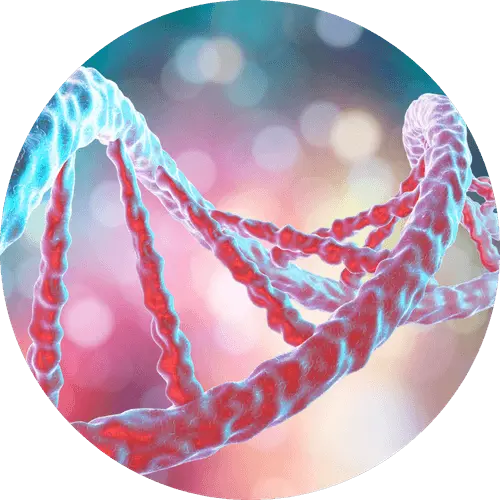
These conditions, such as ichthyosis and epidermolysis bullosa, are due to genetic mutations, causing alterations in the structure or function of the skin.
Available soon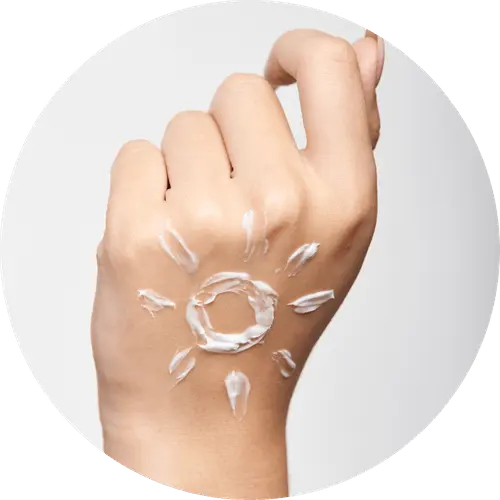
Infectious skin diseases include fungal, bacterial, and viral infections, which affect the skin in a variety of ways and can cause symptoms such as rashes, sores, or blisters.
Available soon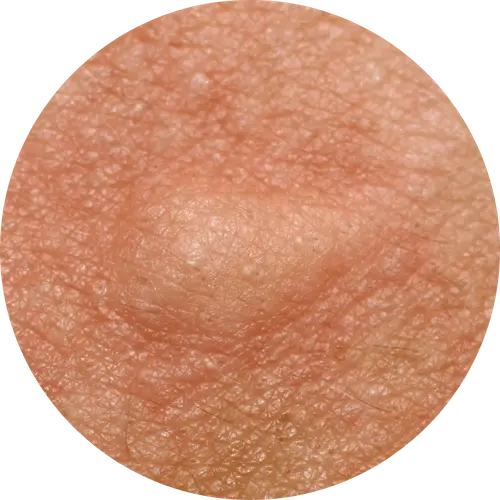
These conditions include basal cell carcinoma, squamous cell carcinoma, and melanoma, which are forms of skin cancer that develop from abnormal skin cells.
Available soon
Pigment disorders, such as vitiligo, are manifested by changes in skin pigmentation, resulting in areas of depigmentation or hyperpigmentation.
Available soon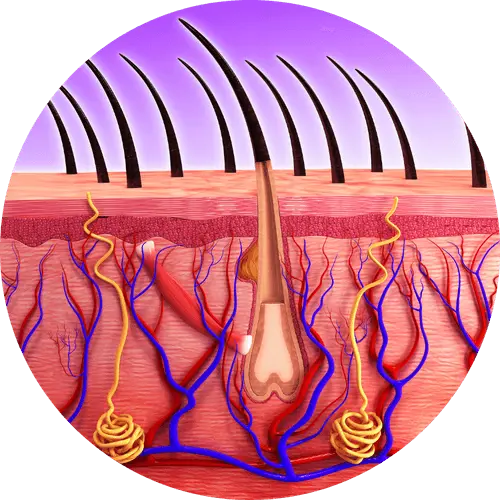
Cutaneous vascular diseases, such as systemic lupus erythematosus and vascular purpura, involve problems with the skin's blood vessels, causing a variety of skin symptoms.
Available soon
These conditions, including alopecia areata (alopecia areata) and hidradenitis suppurativa, affect appendages such as hair and sweat glands, causing inflammatory symptoms specific to these areas.
Available soonChronic dermatological diseases encompass a wide range of skin disorders, each with its own distinctive characteristics and impacting daily life in a unique way. In this article, we will explore the main families of these conditions, understand their symptoms, assess the extent of their prevalence, and share tips for improving the quality of life of those affected.
Some of the most common conditions include atopic dermatitis (eczema) and psoriasis. These diseases cause skin inflammations, leading to redness, itching, and the formation of plaques.
Discoid lupus erythematosus and pemphigus fall into this category, where the immune system attacks healthy skin cells, causing skin lesions and rashes.
Conditions like ichthyosis and epidermolysis bullosa result from genetic mutations, affecting the structure or function of the skin.
Fungal infections, both bacterial and viral, can cause a variety of skin symptoms, such as rashes, sores, or blisters.
This includes skin cancers such as basal cell carcinoma, squamous cell carcinoma, and melanoma, which are caused by abnormal skin cells.
Vitiligo is an example of a pigment disorder, resulting in pigmentation changes such as areas of depigmentation or hyperpigmentation.
Systemic lupus erythematosus and vascular purpura fall into this category, involving problems with cutaneous blood vessels.
Conditions such as alopecia areata (alopecia areata) and hidradenitis suppurativa affect the appendages, causing specific inflammatory symptoms.
Symptoms of chronic skin conditions vary but often include itching, redness, skin lesions, and sometimes pain. In France, millions of people are affected, and on a global scale, these figures are even more significant, affecting the quality of life of many individuals.
It is crucial to distinguish between a simple temporary irritation and a chronic dermatological disease. Chronic conditions often persist for months or even years, with recurring symptoms. If you notice persistent or severe changes, consult a health professional.
Living with a chronic skin condition can be challenging, but solutions exist. Establishing a proper skin care routine, using hypoallergenic products, and managing stress can help alleviate symptoms. In addition, a balanced diet and adequate hydration contribute to maintaining skin health.
To simplify the monitoring of dermatological symptoms and to find moral support, The Ouch! app is an innovative tool. It allows exchanges with a community of expert patients, thus offering a unique perspective on the daily management of these conditions. Download the application to benefit from practical advice and a fun experience while improving your understanding of the disease.
In conclusion, understanding and living with a chronic dermatological disease requires a holistic approach. With a better understanding of the main families of these conditions, associated symptoms, and management strategies, it is possible to significantly improve the quality of life of those affected. Stay in the know, consult your healthcare professional, and explore innovative solutions like the Ouch app! for ongoing support.